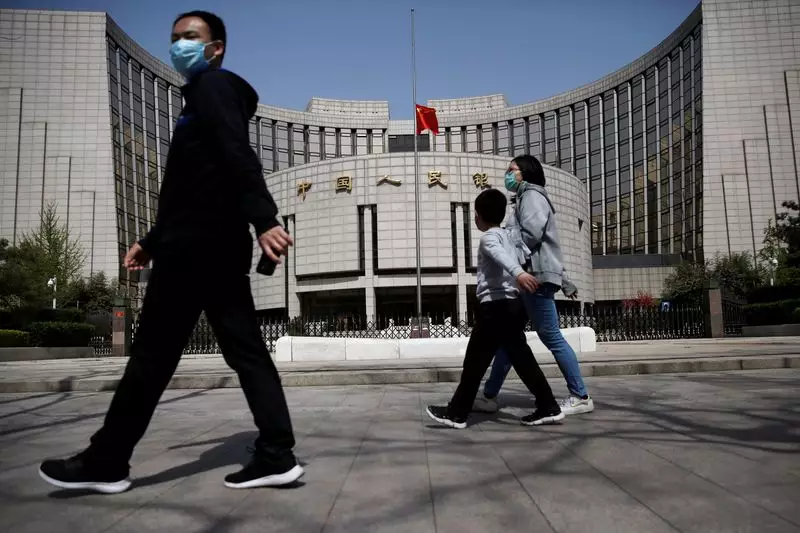China’s recent decision to cut short and long-term rates by 10 basis points has sent shockwaves through the global financial markets. The People’s Bank of China announced this move with the intention of supporting economic growth in the country. This decision came shortly after the release of a policy document outlining China’s economic ambitions for the future.
Financial experts have been quick to react to China’s rate cut. Ben Bennett, Head of Investment Strategy for Asia at LGIM in Hong Kong, expressed surprise at the move. He noted the timing of the rate cut, coming immediately after the third plenum, and speculated that it could signal a shift towards a pro-growth stance by Chinese authorities.
Gary Ng, Asia-Pacific Senior Economist at Natixis in Hong Kong, highlighted the weak Q2 GDP data in China and the need for a lower rate environment to stimulate economic activity. He pointed out that real rates in China are currently very high, making a rate cut a necessary step in light of the country’s disinflationary environment.
Tommy Xie, Head of Greater China Research at OCBC in Singapore, noted that the rate cut was in line with market expectations. He emphasized the importance of economic reform as a key focus for China’s future growth. Xie also speculated on whether the rate cut marks the beginning of a new cycle or is simply a symbolic gesture.
Kiyong Seong, Lead Asia Macro Strategist at Societe Generale in Hong Kong, warned that the rate cut could spark further easing expectations in the bond market. He suggested that the PBOC’s actions may be aimed at supporting local institutions in selling long-dated bonds with smaller collateral requirements.
Ju Wang, Head of Greater China FX & Rates Strategy at BNP Paribas, highlighted the consistency of China’s pro-growth policy with the message from the Plenum. He noted that the market is anticipating a Fed rate cut in September, which could provide room for further policy adjustments by the PBOC.
Lynn Song, Chief China Economist at ING in Hong Kong, found the timing of the rate cut somewhat surprising but noted that it was not unexpected given the recent weak economic data. She speculated that the PBOC’s decision to hold back on easing measures in the past was influenced by a desire to maintain currency stability, which may now be less of a concern.
China’s rate cut has significant implications for global markets, with analysts closely watching for further developments. The move reflects an underlying concern about China’s economic performance and the need for stimulus measures to support growth. The response from central banks and financial institutions around the world will be crucial in determining the broader impact of China’s rate cut on the global economy.

